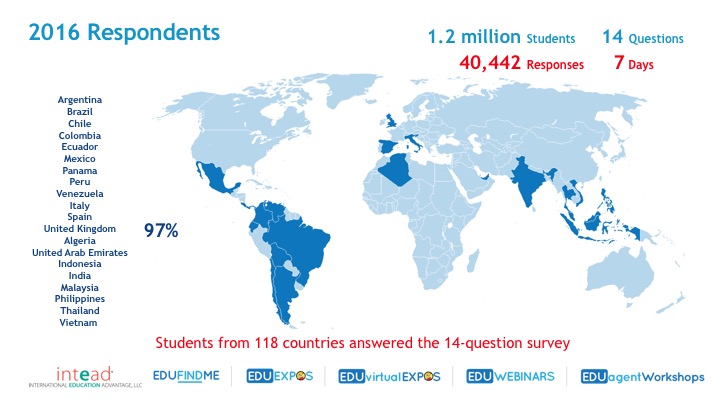There are tons of articles across the web about using faculty to help meet recruitment goals. One of the key points that many of these articles make is that it’s essential to choose the right faculty.
An article published by The Chronicle of Higher Education explains that it’s best for institutions to choose faculty members that are more “professionally qualified” than “academically qualified” to represent their brand publicly, and to find people who are award winning or even well-known. In the world of international student recruitment, these can be great tips, but what can be even more successful is faculty who have a connection to the region where you want to recruit. Bonus points if they are actually from the region you are targeting.
Bottom Line: It is a great idea to reach out to some of your international and traveling faculty to talk about recruiting. They are an invaluable resource that you should be taking full advantage of if they are game and have a knack for this. This blog post focuses on how to pick your team and how to train them. We're betting someone on your staff can use this post and help you make progress.
Meet Us In Newport & Miami: Heading to the NAFSA Region XI conference in Newport, RI (Oct. 18-20)? We’ll be presenting our latest recruiting insights. And in December we will be in Miami at the AIRC and ICEF conferences with digital marketing presentations and workshops. We’d love to meet you and discuss the challenges you face in your work. We can help. And we are REALLY good at buying coffee for our friends.
Read More










